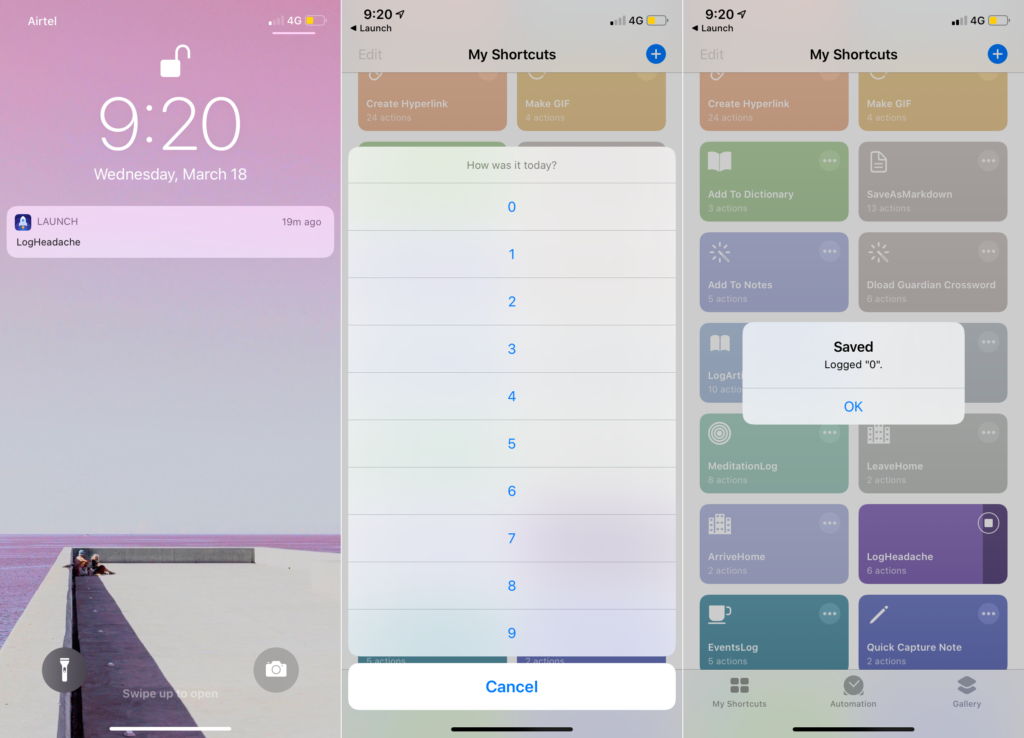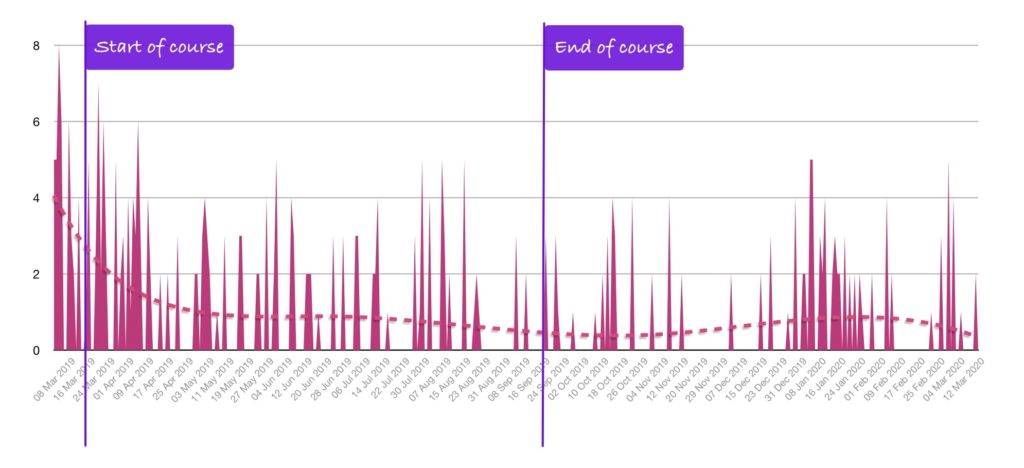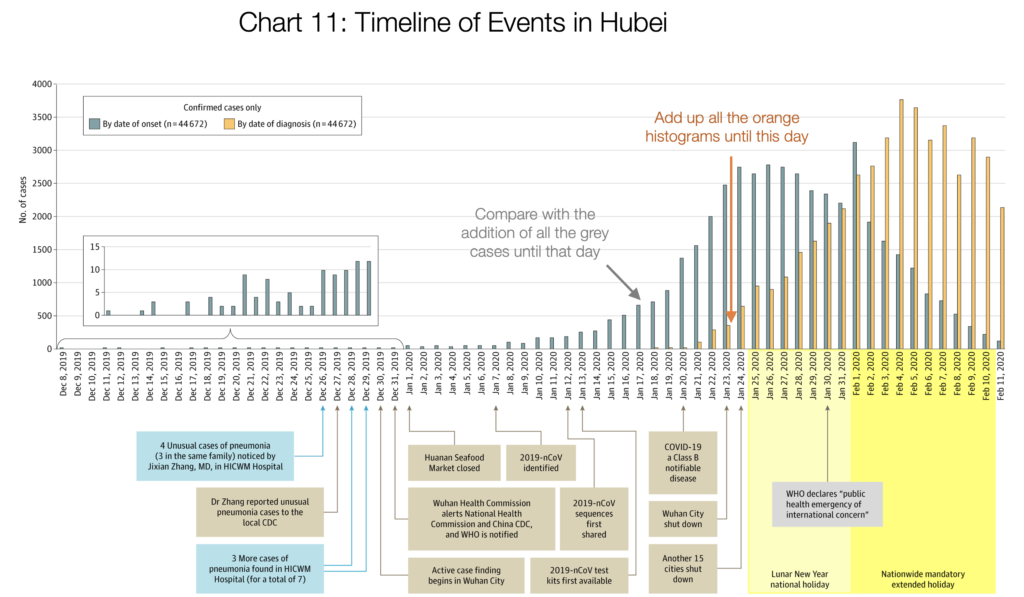This story on NBC news about the fast-growing subreddit focused on news and information about the coronavirus pandemic.
Every day, Boggs and the other moderators work through a queue of thousands of comments and posts that have been flagged for review. They coordinate via the messaging platform Discord to ensure they aren’t duplicating work or to settle any disagreements. Some spend time developing tools to automate or improve their workflow, inviting high-profile scientists and doctors to participate in “Ask Me Anything” Q&A sessions and recruiting more moderators.
– How Reddit’s coronavirus community became a destination
This is what moderators of most active communities do – not just this one, not even just Reddit. But this process when applied to this specific global event has created an incredible user-generated, user-moderate, user-friendly resource.
It’s like Wikipedia, but temporal – when this pandemic dies down, interest among contributors will die down too. The moderators will move on with their lives. In fact it’ll be the Wikipedia page for the pandemic that will be the longest-lived.
Some of the best things on the internet have been driven by altruism. Technology projects – Tor, Linux, Apache, GNU, Calibre, Blender, Mozilla Firefox, Pi-hole, WordPress. Knowledge projects like Wikipedia, Reddit and the ad blocking community. Standards like HTTP, TCP/IP, XMPP. They have either been ground-up communities from the beginning or contributions from large corporations. Projects run in this manner also tend to be long-lasting, sustainable.
And perhaps altruism is the governance model for the Internet [1]. The analog of democracy in the Real World. Just like in meatspace there exists a continuum of governance models across countries, so will there be different ways to run projects in bitworld. There will be variations – some very significant – even among altruism-governed projects. Wikipedia is end-to-end community-driven and supported by donations. Reddit is owned by Conde Nast and is ad-supported.
The model itself doesn’t make a project good or bad. But altruism projects are more natural to the internet, more at home in it, are a better fit for it, and eventually will be stronger and longer-lived than their other counterparts.
[1] However much these are driven by a shared sense of community, it isn’t communism.



